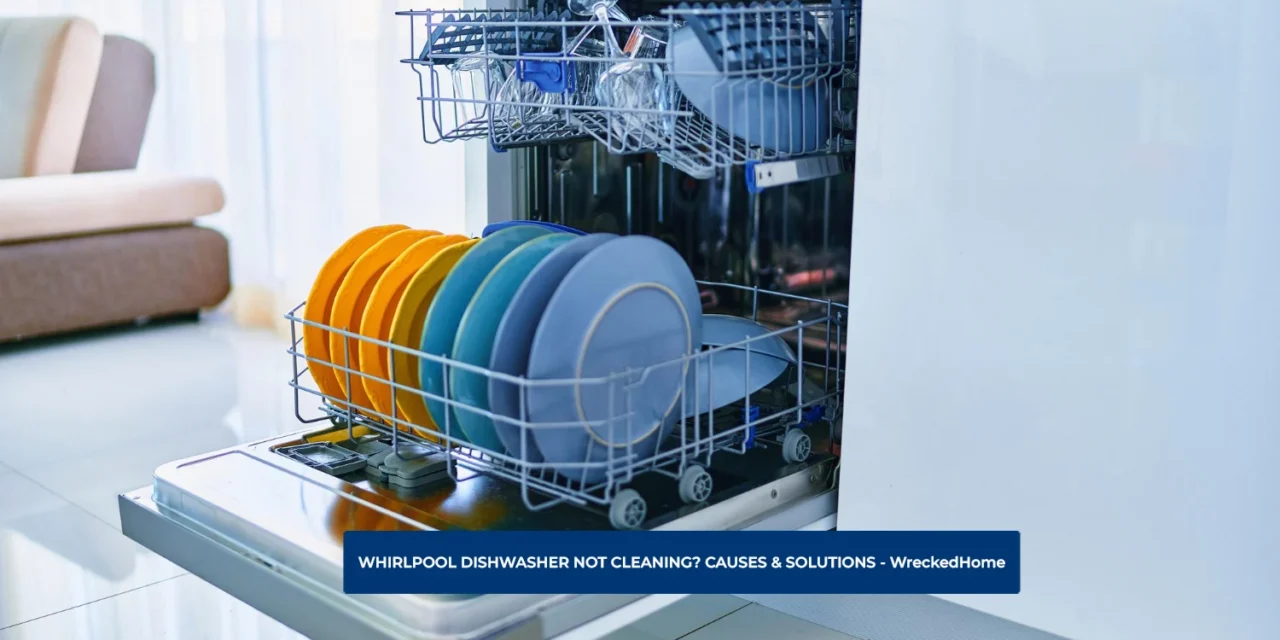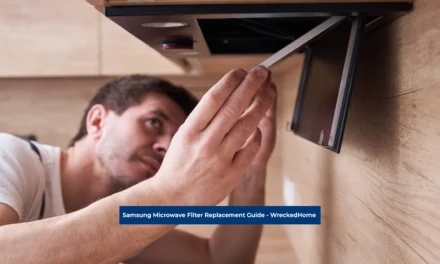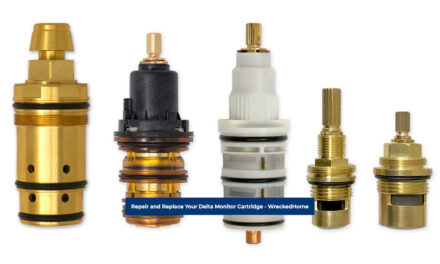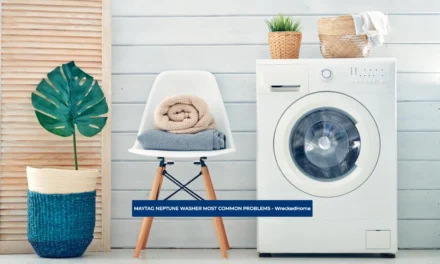Dishwashers’ biggest benefit is providing ease to homeowners by relieving the stress of washing dishes by hand. At some point, these dishwashers stop their main function and this is mostly because of some faulty component, poor loading, or an unclean interior. Whatever the reason, you can solve the problem by reading our whirlpool dishwasher not cleaning solution guide and make your dishwasher work smoothly again.
- Whirlpool Dishwasher Not Cleaning
- Whirlpool Dishwasher Not Cleaning: Dirty Dishwasher Filter
- Whirlpool Dishwasher Not Cleaning: Check The Wash Motor
- Whirlpool Dishwasher Not Cleaning: Water Supply Issues
- Whirlpool Dishwasher Not Cleaning: Dishwasher Water Not Hot Enough
- Whirlpool Dishwasher Not Cleaning: Dishwasher Leaving Water Spots
- Whirlpool Dishwasher Not Cleaning: Check The Spray Arms
- Whirlpool Dishwasher Not Cleaning: Not Loading Dishes Correctly
- Whirlpool Dishwasher Not Cleaning: Detergent Amount Or Quality
- Whirlpool Dishwasher Needs Cleaning
- Conclusion
Whirlpool Dishwasher Not Cleaning
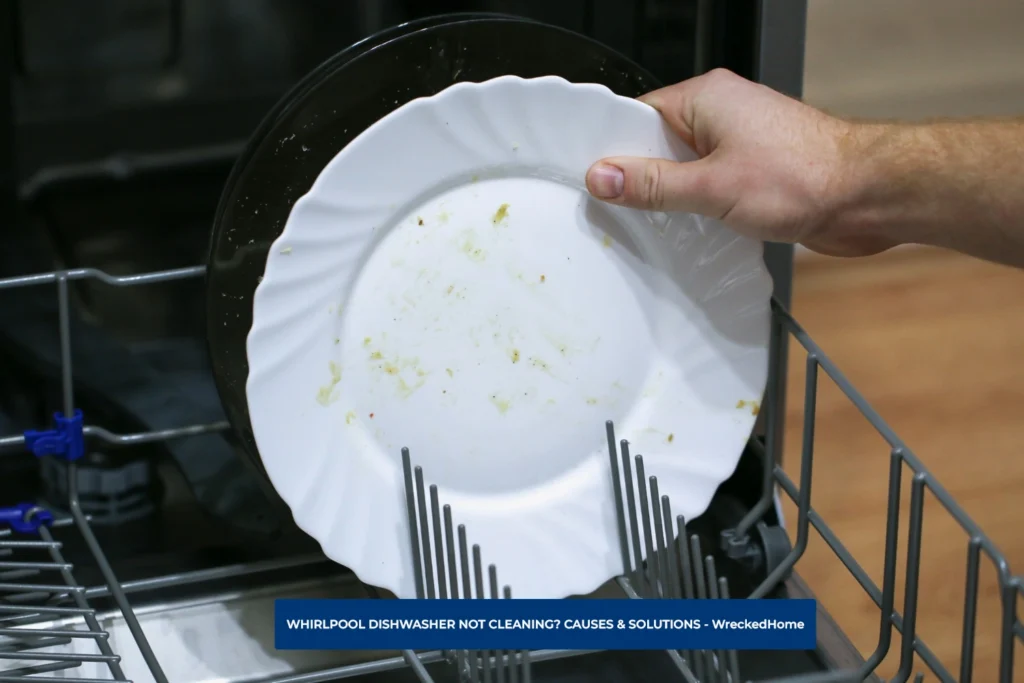
Dishwasher not drying or cleaning are such issues which need immediate assistance. If your Whirlpool dishwasher isn’t cleaning, check the below causes and solutions.
Whirlpool Dishwasher Not Cleaning: Dirty Dishwasher Filter
One of the most common reasons for your Whirlpool dishwasher not cleaning dishes is a dirty filter. Grease and food particles can build up residue in the filter and block it. These clogs will prevent the proper water flow through dishwasher which impacts its function.
First inspect the filter to make it clean and to continue its function. Cleaning the filter is important for optimal performance of the dishwasher. An unclean filter will not clean your dishes, so it is important to clean your dishwasher filter.
How To Clean The Filter?
To make the filter clean, first remove the filter from the dishwasher. Check the user manual to remove the filter and its cleaning instructions. It varies in different dishwasher models. You can remove the filter by rotating it counterclockwise.
After removing the filter, soak it in warm soapy water. You can use a soft bristle brush to remove the greasy particles and rinse it under hot water.
Once the filter is clean, reconnect and check it again by running a test cycle. If the residual build up of minerals is on interior surface you have to descale the dishwasher. Run an empty cycle with vinegar or descaling solution to descale the dishwasher.
Whirlpool Dishwasher Not Cleaning: Check The Wash Motor
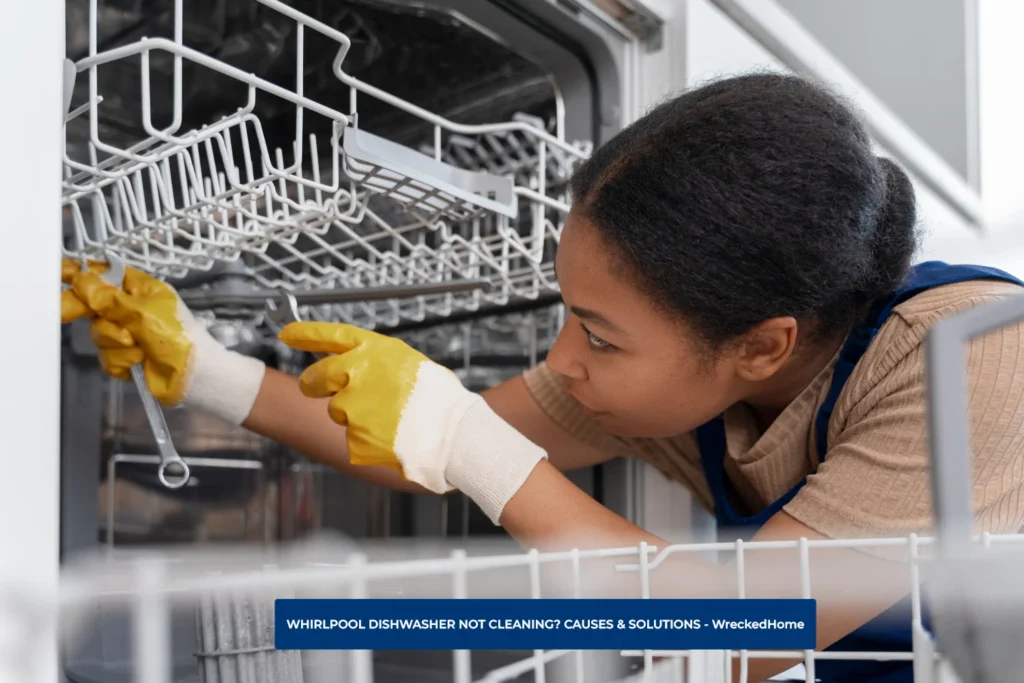
Another reason for the Whirlpool washer not cleaning is the wash motor. If the wash motor becomes faulty, the dishwasher fills with water but does not wash. First check the wash motor to see whether it is working fine. Let’s learn how to check the wash motor:
- Find the location of the wash motor. You can see the user manual to get access to the motor.
- Turn your dishwasher on to a wash cycle. Listen to the clicking sound of the wash motor.
- If you hear clicking sound that means it is faulty, so you need to repair or replace it.
- Before replacement, it is important to check the continuity with a multi-meter.
- To make necessary changes, first turn the power to the dishwasher off.
- Remove the lower access panel to get access to the motor.
- Remove the wiring connection that is attached to the motor.
- Set the multi-meter to R x 1 and place its probes on one terminal each. This test shows little resistance to zero or a little just above it.
- Check the ground connection by placing one probe on bare metal housing of motor and the other on one of the terminals. The Multi-meter will show the result.
- If results test negative, it means that the motor is faulty and needs replacement.
- Turn on the dishwasher cycle to check the result of wash motor.
Whirlpool Dishwasher Not Cleaning: Water Supply Issues
Water supply is also one of the major culprits of your dishwasher not cleaning. Water supply issues also affect the cleaning of the dishwasher as the washer cannot get right amount and temperature of water. Sometimes temperature issue causes the dishwasher to not start.
Check Your Water Supply And Flush The Water Lines
Ensure the water is turned on and the hot water is running in your dishwasher. You can check this by running the hot water for at least 30 seconds.
Whirlpool Dishwasher Not Cleaning: Dishwasher Water Not Hot Enough
Sometimes the dishwasher never cleans dishes properly and it may be due to lack of hot water. In general, hot water is much better for cleaning dishes than cold water because it breaks down food particles and strains. The hot water actual temperature is 120°F and if it is less than this temperature, you must make some adjustments:
- First make sure that hot and cold water lines under the sink are in correct position.
- You must raise temperature of home water heater to 120°F.
- Then run the hot water in the kitchen sink before you turn on the dishwasher. Do this to get hot water in dishwasher immediately.
- Find location of the water heater and thermostat.
- You must adjust your thermostat to a higher setting and wait until the water heats up to wash dishes.
- Once water becomes hot, run a wash cycle to test the working of the system.
- Remember that water doesn’t exceed the temperature of 120°F. Otherwise, it turns too hot to cause burns.
Whirlpool Dishwasher Not Cleaning: Dishwasher Leaving Water Spots
Water spots cause mineral buildup on your dishes. The minerals left on the dishes after evaporation can cause white spots. The main reason behind it is water hardness that varies by region. You can test the hardness of your water with home testing kit. You can avoid water hardness by following these useful tips.
- High quality dishwasher rinse aid helps to prevent white spots.
- You can reduce hardness of water by installing a water softener.
- Use soap or detergent that is specifically formulated for hard water.
- Dry the dishes fully to avoid the white spot, so go with the longer or hotter dry cycle.
- Hard water build up can also be removed by running a vinegar or descaling solution through the dishwasher.
Whirlpool Dishwasher Not Cleaning: Check The Spray Arms
One of the reasons for a Whirlpool dishwasher not cleaning is spray arms (wash arm) in your dishwasher. A dirty spray arm prevents water from reaching out all dishes so they become dirty. The spray arm circulates water into and around the dishwasher during a wash cycle. Some of the models of dishwashers have one spray arm and some have multiple wash arms. Clogging or damage to wash arm can affect the process of washing the dishes. Let’s learn how to check spray arms.
- Open your dishwasher and remove the spray arms from your dishwasher.
- After removing check the wash arms to see if they have any cracks damage or blockage.
- If there is clog or blockage, clean them properly to function again.
- Rinse the arms under hot water, you can use soft brush to remove food particles from the wash arms and use a toothpick to clear the holes.
- Put them back again after cleaning to check that spray arm is working correctly.
- If you see any damaged part, it will need replacement.
- Turn the dishwasher on to the cycle and check if the problem with the spray arm is solved. If spray arm rotates freely that means wash arms are working fine.
Whirlpool Dishwasher Not Cleaning: Not Loading Dishes Correctly
Whirlpool dishwasher not cleaning can be due to dishes not being loaded properly. Due to incorrect loading, it is difficult for the water spray to easily reach them. So, the soil and detergent aren’t washed away properly. You will also notice marks, scratches and spots on some of your dishes. Overloading causes items to overlap and prohibits water from reaching items. Loading too many dishes also causes a dishwasher not starting. Learn some useful tips on how to load dishes carefully:
- Place dishes soil-side down and inward towards the spray arm.
- Give appropriate space between items and avoid blocking wash arms so that water reaches out to all surfaces for effective cleaning and drying.
- If you see black or gray marks on the dishes, it also indicates that the dishes are loaded too close together. To avoid these gray spots, keep aluminum utensils away from glasses and other dishes.
- Avoid overlapping of the dishes so that every dish gets access to water properly.
- You can also check user manual for rack by rack loading tips.
- Place the items in a way that taller items and pots don’t block the wash arms.
Whirlpool Dishwasher Not Cleaning: Detergent Amount Or Quality
Too much soap and detergent can cause residual build up on the dishes. Some rinse aids can also result in streaky and cloudy dishes. It is also one of the most common reasons for your whirlpool dishwasher not cleaning. Check the detergent drawer; sometimes the drawer doesn’t open correctly and it affects the dishwasher cleaning process. You can check the detergent drawer by following these steps.
- Turn your whirlpool washer onto an empty wash cycle.
- Wait for 15 minutes and then pause the cycle to check the drawer is working properly.
- Open the dishwasher door and check the detergent drawer, if it is working properly then move to the next step. If it is not working that means there is a fault in the drawer. First clean it thoroughly and then check whether the problem is solved. If it isn’t replace the spring in the drawer or replace the whole unit.
- After repairing the drawer, turn the power on of the dishwasher and start a cycle. See, if the drawer is working fine, you can proceed to next step.
- Use high quality dish washing detergent only. Low quality detergent can affect dishwasher performance and whirlpool dishwasher not cleaning properly.
- One detergent pack is usually enough for normal loads. If you use powder detergent, put one tablespoon per load, and add more if needed. Powder detergent loses its effectiveness when it is exposed to air for long time. Store it in a cool and dry place so that it never loses its effect on clothes. Rinse aid is helpful in minimizing the buildup of hard water. It also provides optimal washing and drying performance.
Whirlpool Dishwasher Needs Cleaning
If your Whirlpool dishwasher not cleaning, regular monthly cleaning will solve your problem. Cleaning is important for every dishwasher as it causes Samsung dishwasher not draining issues. To solve the cleaning issue it is important to know how to clean a dishwasher. For regular cleaning we give you some free useful tips that will be helpful:
Dishwasher Tub
In regular cleaning, we can take a small bowl of white vinegar and put it in an empty dishwasher. Turn hot water cycle to clean the dishwasher. It will mostly clean the dishwasher tub.
Spray Arms
Disconnect the wash arm and rinse under hot running water. For deep cleaning, soak in solution of water and vinegar for 2 hours. Clean the clogged holes with a piece of thin wire before reattaching.
Filter
Cleaning the filter is an important part of regular and monthly cleaning. Remove the dishwasher filter and hold it upside down under warm running water. You must use soft bristle toothbrush to remove food particles stuck in the filter. Air dry it or use a Microfiber Towel. Cleaning filter is also important as it is helpful in the Whirlpool dishwasher not draining issue.
Water Intake Valve
The water intake valve brings water into the dishwasher, which is why its regular cleaning is necessary. If there is a clog or defect in the dishwasher, it will not get enough water to clean dishes. You can clean the water intake valve and replace it if needed.
Defective Circulation Pump
A defective circulation pump is also another cause of Whirlpool dishwasher not cleaning. The pump is responsible for circulating water through dishwasher; if it is defective water will not reach your dishes for proper cleaning process and will leave them unwashed.
Broken Wash Impeller:
The dishwasher impeller circulates water into and through the wash arms. It is a small plastic blade that if one of its fins is missing or broken, it will stop the water through the dishwasher arms correctly. So it is necessary to fix the broken wash impeller or replace it if required.
Conclusion
Many reasons can lead to your whirlpool dishwasher not cleaning the dishes. The problems may be clogging, temperature, filter or motor. Solving all these problems is easy, follow the solutions to make your dishwasher functional again.
If you still cannot fix your dishwasher after troubleshooting, then hire a professional. Find A Pro Near You Here!

